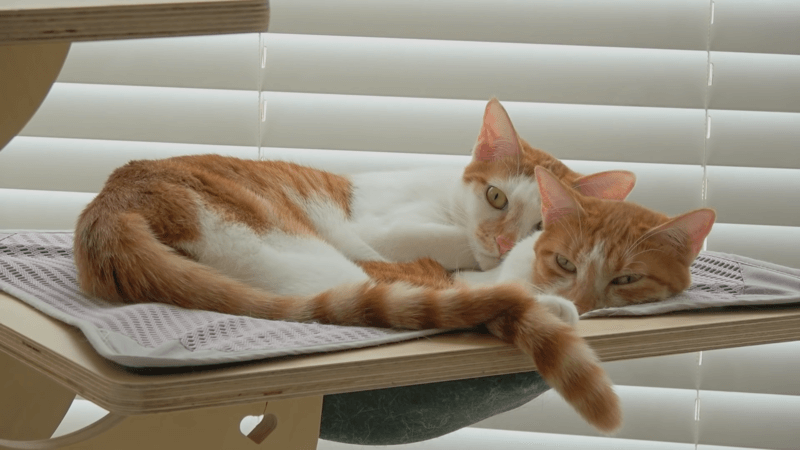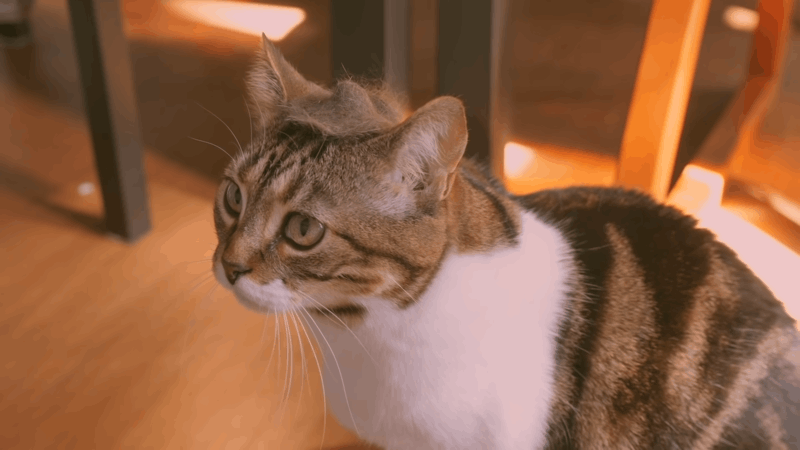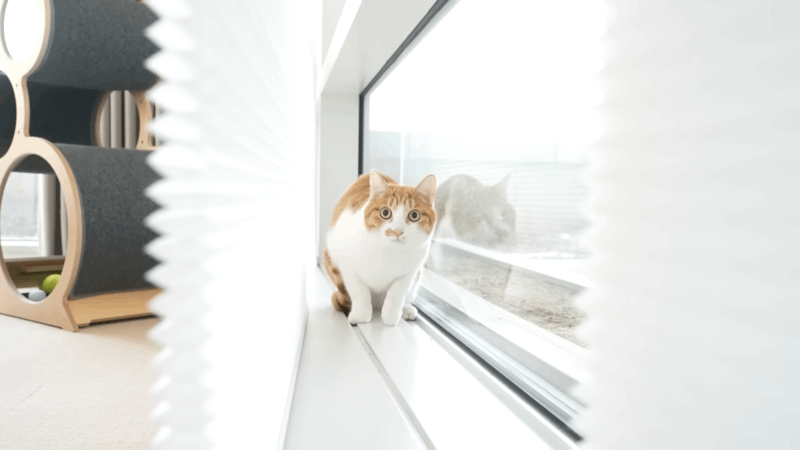No products in the cart.
Does CBD lower blood pressure in cats? This question has garnered significant interest among pet owners seeking natural remedies to support their feline companions’ health. As CBD gains popularity for its potential therapeutic effects, particularly in humans, pet owners are curious about its applicability to their pets.
In this blog, we will explore important things about blood pressure in cats, the impact of CBD, its potential benefits and considerations for cat owners.
What is Normal Cat Blood Pressure?
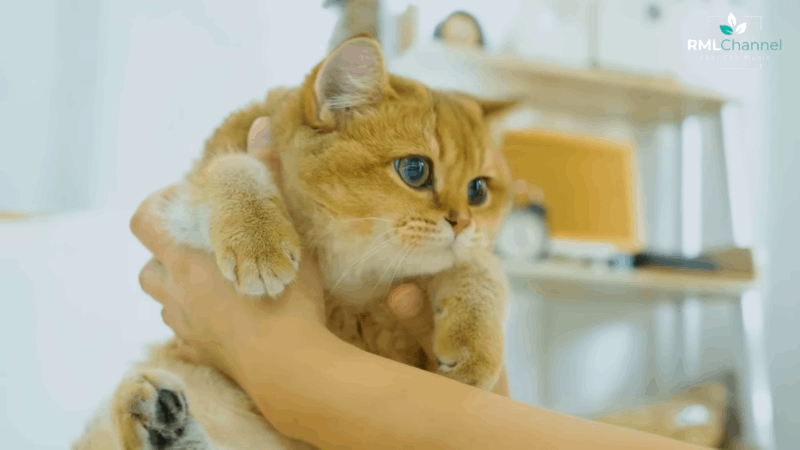
The usual ranges for normal cat blood pressure are 60 to 100 mmHg for diastolic pressure and 90 to 140 mmHg for systolic pressure. Age, breed and individual health status are the factors that can make these values differ lightly.
Monitoring a cat’s blood pressure is crucial for maintaining their overall health, as deviations from these normal ranges may indicate underlying health issues such as hypertension. To ensure that a cat’s blood pressure remains within the normal range and abnormalities are promptly addressed, do not forget to get advice from a veterinarian.
Cat High Blood Pressure Symptoms
The symptoms of cat hypertension or high blood pressure may include:
- Sudden blindness or changes in vision: Hypertension can lead to damage in the blood vessels of the eyes, causing sudden blindness or alterations in vision.
- Dilated pupils: Increased pressure within the blood vessels may result in dilated pupils as the body attempts to regulate blood flow.
- Disorientation or confusion: Reduced blood flow to the brain due to hypertension can manifest as disorientation or confusion in affected cats.
- Seizures or tremors: High blood pressure can affect neurological function, potentially leading to tremors or seizures in cats.
- Lethargy or weakness: Hypertension may impact circulation and oxygen delivery to tissues, resulting in lethargy or weakness as the body struggles to function effectively.
These symptoms can range in intensity, so it’s important to get veterinary care right away for an accurate diagnosis and course of therapy.
What Causes High Blood Pressure in Cats?
Underlying medical conditions and lifestyle factors are the factors that can cause high blood pressure in cats. Some common causes include:
- Kidney disease: Chronic kidney disease is a leading cause of hypertension in cats. The kidneys play an important role in controlling blood pressure and problems with them can cause imbalances that raise blood pressure.
- Hyperthyroidism: Thyroid gland hyperactivity can result in the overproduction of hormones that elevate heart rate and cardiac output, hence exacerbating hypertension.
- Obesity: Overweight or obese cats are more likely to develop hypertension due to increased cardiovascular strain.
- Diabetes: Changes in blood vessel function and fluid balance can result in hypertension in cats with diabetes mellitus.
- Heart disease: Elevated blood pressure can result from certain heart disorders, like hypertrophic cardiomyopathy, which cause the heart to work harder to pump blood.
- Aging: Older cats are more prone to developing hypertension due to changes in blood vessel elasticity and overall health status.
- Stress: Cats with chronic stress or worry may have higher blood pressure, especially if it is accompanied by hormone abnormalities and an accelerated heart rate.
To get effective management and treatment for cat hypertension, understanding the underlying cause is so important. A veterinarian can identify the specific factors contributing to high blood pressure in a cat and develop a tailored treatment plan accordingly.
Cat Blood Pressure Chart
Cat blood pressure refers to the force of blood against the walls of their arteries as the heart pumps it around the body.
| Blood Pressure Category | Systolic Pressure (mmHg) | Diastolic Pressure (mmHg) |
| Normal | 90 – 140 | 60 – 100 |
| Prehypertensive | 141 – 159 | 101 – 119 |
| Hypertensive | ≥ 160 | ≥ 120 |
Cats with prior medical concerns or those that are older should get their blood pressure checked on a regular basis. Annual veterinary examinations can identify any anomalies in a cat’s health and well-being and facilitate the necessary management and care.
How to Check a Cat’s Blood Pressure?
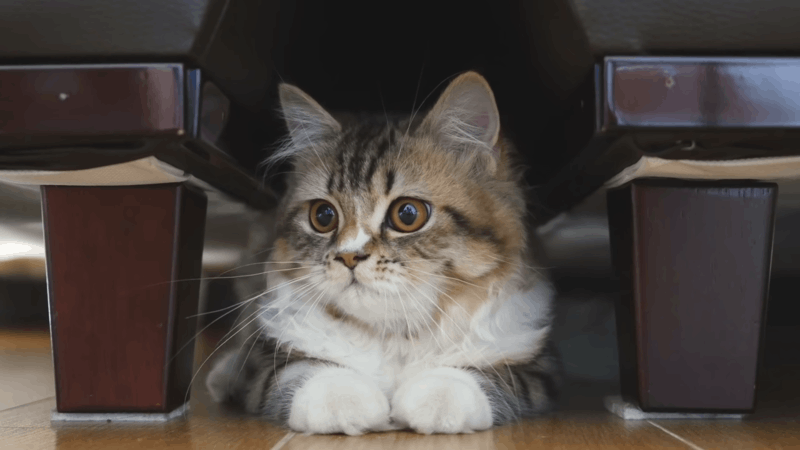
Checking a cat’s blood pressure is typically done by a veterinarian using specialized equipment. Here’s a general overview of how blood pressure is checked in cats:
- Restraint and relaxation: The cat should be calm and relaxed to obtain accurate blood pressure measurements. Sedation could be required in some circumstances to keep the cat still throughout the process.
- Placement of the cuff: A blood pressure cuff is placed around one of the cat’s limbs, typically the forelimb or tail. Snug but not too tight, the cuff should prevent pain and blood flow restriction.
- Doppler ultrasound or oscillometric method: There are two main methods for measuring blood pressure in cats: Doppler ultrasound and oscillometric. With Doppler ultrasound, a handheld device is used to detect blood flow sounds in the arteries. In the oscillometric method, the cuff automatically inflates and deflates while sensors detect changes in pressure.
- Recording measurements: The veterinarian will take a blood pressure reading at both the diastolic (when the heart relaxes) and systolic (when the heart contracts) times. Several measurements may be taken to ensure accuracy.
- Interpreting results: Blood pressure measurements are interpreted based on reference ranges for normal, prehypertensive, and hypertensive values in cats. Any deviations from the normal range may indicate underlying health issues that require further evaluation and treatment.
It’s important to have blood pressure checked by a veterinarian, as they have the expertise and equipment necessary to obtain accurate measurements and interpret the results properly. Regular blood pressure monitoring is especially important for older cats or those with preexisting health conditions to detect and manage hypertension early on.
How to Treat High Blood Pressure in Cats Naturally?
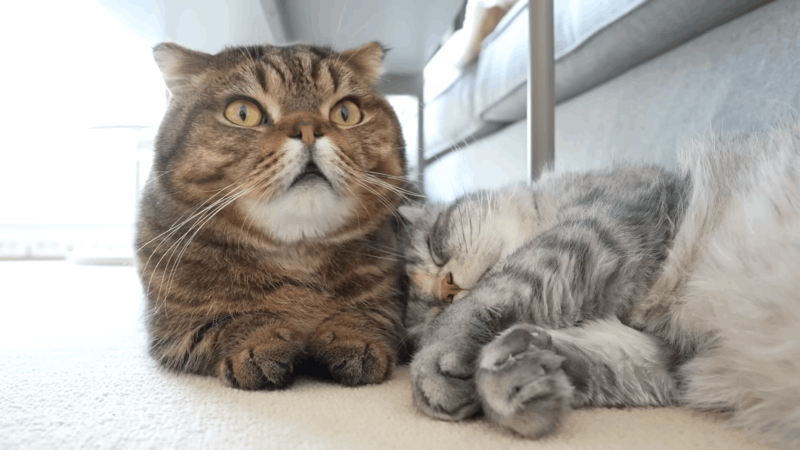
To help cats with high blood pressure, make sure they stay at a good weight by giving them the right amount of food and keeping them active. Also, give them food that has lots of omega-3 fats, potassium, and antioxidants. Stress management techniques such as creating a calm environment and providing interactive playtime can also help regulate blood pressure.
Consulting with a veterinarian is important to ensure these natural approaches are suitable for your cat’s health needs.
Cat Food for High Blood Pressure
Selecting cat food that is strong in nutrients that support heart health and low in salt is an important part of managing high blood pressure. Look for cat foods labeled specifically for cardiovascular support or formulated for cats with kidney disease, as they often have reduced sodium levels.
Moreover, eating foods with omega-3 fats, potassium, and antioxidants can help control blood pressure. Consulting with a veterinarian for personalized dietary recommendations based on your cat’s health condition is essential for effectively managing high blood pressure through nutrition.
Cat Blood Pressure Medication Side Effects
Cat blood pressure medication can have potential side effects, although they vary depending on the specific medication and the individual cat’s response. Cats on blood pressure medication may experience the following common negative effects:
- Hypotension: Blood pressure medication can sometimes lower blood pressure too much, leading to symptoms such as weakness, lethargy, or fainting.
- Dehydration: In cats that do not drink enough water, several drugs might cause an increase in urine production and dehydration.
- Loss of appetite: Cats may experience a decreased appetite or reluctance to eat while taking blood pressure medication.
- Vomiting or diarrhea: Some blood pressure drugs might cause stomach distress, which includes diarrhea and vomiting.
- Changes in kidney function: Some medications may affect kidney function, leading to changes in urination patterns or kidney disease in predisposed cats.
- Electrolyte imbalances: Electrolyte imbalances that may impact general health might result from some drugs that change the body’s electrolyte levels.
- Allergic reactions: Medication allergies can occasionally occur in cats, resulting in symptoms like breathing difficulties, swelling, or itching.
When their cats are on blood pressure medication, owners must keep a vigilant eye out for any indications of adverse effects. It’s critical to get in touch with a veterinarian right away if any negative responses happen so that the treatment plan can be adjusted and further assessed. Additionally, regular veterinary check-ups are important to monitor blood pressure levels and assess the cat’s overall health status while on medication.
Does CBD Lower Blood Pressure in Cats?
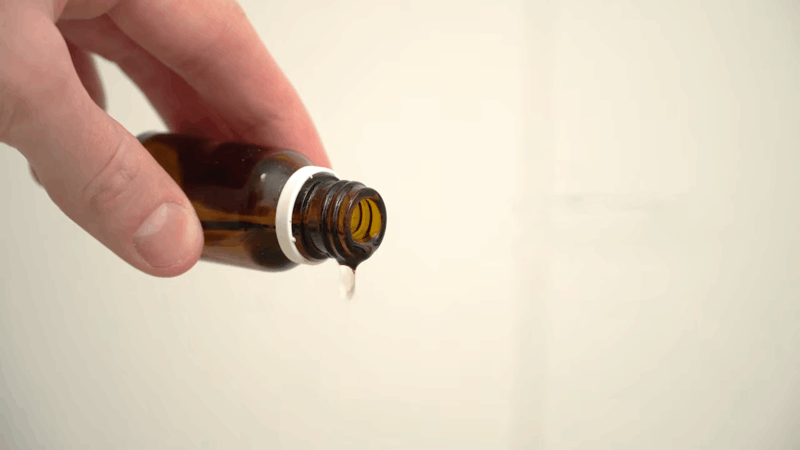
There is currently little scientific information available, and research on how CBD affects feline blood pressure is still ongoing. While some studies suggest potential cardiovascular benefits in humans, research specifically focused on cats is lacking.
Although anecdotal evidence from cat owners may point to benefits, further research is required to validate the safety, effectiveness, and proper dosage of CBD for cats. Cats’ health and wellbeing depend on their veterinarian’s advice before utilizing CBD products to control their blood pressure.
Conclusion
While the question “does CBD lower blood pressure in cats?” remains a topic of interest, it’s essential to approach the use of CBD for feline health cautiously. Pet owners considering CBD for blood pressure management in their cats should consult with a veterinarian to ensure safe and appropriate usage. As research in this area continues to evolve, staying informed and seeking professional guidance remains crucial for the well-being of our beloved feline companions.
Hello, I am Hazel Bennett, an experienced copywriter specializing in the fascinating topic of CBD for dogs. With a passion for pet wellness and extensive knowledge of CBD’s potential benefits, I am here to provide you with informative and engaging content.

